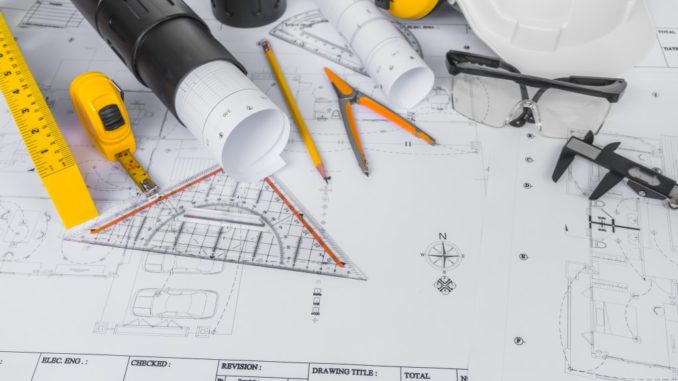
The act of measuring has become ingrained in our lives that we barely think about how it was first invented and how far people have progressed in measuring things. Because we have so many measuring instruments like the high-tech portable ultrasonic flow meter or the low-tech measuring tape, we often take for granted the beauty and power of measurements.
If your mind is a curious one, then read on and learn about the history of measurements. You just might find something interesting here to share with your friends.
Cubit
Ancient Egyptians came up with the idea to use their forefinger and the middle of their elbows to measure things. It became their measuring tool, which enabled them to build their pyramids.
Hand
Measuring things using the Egyptians’ way can be difficult when the object in question is smaller than the length of a person’s arm. So, they devised a way to measure other objects by using their hands.
What they did was they placed their fingers together and they measured objects by designating the thumb as the first mark and the other end of the palm is the second mark. This method is very effective that until now, people use this to measure the height of a horse.

Foot
The Egyptians, Greeks, and Romans used the human foot to measure objects and this became the standard unit of measurement for most people today. While people today use only the term “foot” to represent 12 inches or 304.8 millimeters, back then, people actually used their feet to measure objects, which wasn’t effective due to the fact that not all feet have the same size.
International System of Units
In 1832, German mathematician Carl Friedrich Gauss promoted the use of the metric system in measuring things. Considered to be the greatest mathematician, Gauss made contributions to algebra, complex numbers, geodetic survey, Non-Euclidean geometries, magnetism, and even astronomy. One of his greatest contributions in measurements was to come up with a way to measure the earth’s magnetic force.
In 1860, James Clerk Maxwell and William Thomson added more to the work of Gauss by forming a coherent system of units with the use of base and derived units.
In 1874, the British Association for the Advancement of Science (BAAS) also studied the work of Gauss. From there, they came up with the modern units of measurement all of us are familiar with. They came up with the centimeter, gram, and second system of measurements. They’re the reason why it’s easier to measure most things these days.
In the 1880s, more units of measurements were introduced. Scientists found a way to measure electrical currents, electrical resistance, and electromotive force. They came up with new units: ampere for electrical current, ohm for electrical resistance and, volt for electromotive force.
In 1954, Kelvin was added as a base unit to measure temperature, and candela was used to measure luminous intensity. These are some of the basic units of measurements scientists came up with through the years.
It’s quite extraordinary that humanity has come a long way from measuring objects with their body parts to using more accurate methods to measure even the smallest particles. It goes to show how ingenious humans really are.
